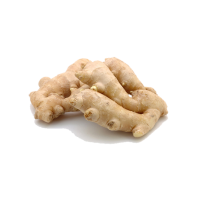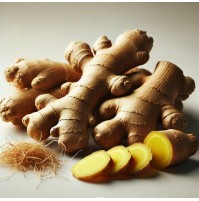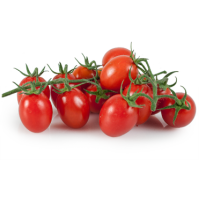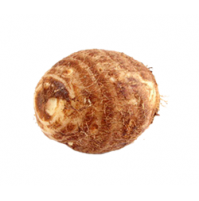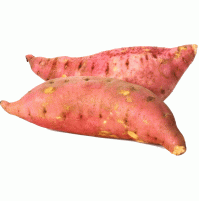-
Fruits & Vegetables
- Daily Staples
Oopss, are you sure you want to move away from this page... You were in the middle of editing an existing order, and may want to complete the transaction by hitting the checkout button
Move awayContinue Shopping
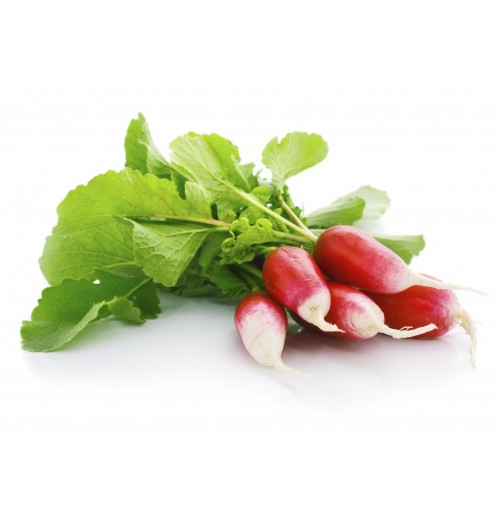
Red Raddish Bunch
-
Rs41
Qty :Radishes are a group of root vegetables with light-colored, crunchy flesh, variable skin color, and an almost spicy, peppery taste.
Eaten raw, radishes have a zesty, somewhat spicy taste. This flavor is caused by enzymes that are also found in mustard, horseradish, and wasabi. Cooking a radish dulls the pungent flavor and brings out an earthy, sweet taste.
Here are some ways to incorporate radishes into your diet:
- Use them as a part of curry/sambar
- Make your own pickled radishes using white vinegar and spices
- Add sliced radish to a fresh salad
- Top a burger with lettuce and sliced radish
- Add radishes to a platter of veggies and dip
- Roast radishes with garlic and olive oil
- Make a radish and onion dip with plain yogurt as the base
Benefits:
- Radishes are a good source of antioxidants like catechin, pyrogallol, vanillic acid, and other phenolic compounds. These root vegetables also have a good amount of vitamin C, which acts as an antioxidant to protect your cells from damage.
- Radishes contain chemical compounds like glucosinolate and isothiocyanate that can help regulate blood sugar levels.
- Along with other compounds, radishes contain indole-3-carbinol and 4-methylthio-3-butenyl-isothiocyanate, which help the liver detoxify and heal against damage. These same compounds also help the kidneys flush out toxins.
- Rich in antioxidants and minerals like calcium and potassium. Together, these nutrients help lower high blood pressure and reduce your risks for heart disease. The radish is also a good source of natural nitrates that improve blood flow.
You may also like Rs69 - 100 Gms
Rs69 - 100 GmsGinger is the underground rhizome of the ginger plant with a firm, striated texture.&
 Rs69 - 250 Gms
Rs69 - 250 GmsMizo Ginger, although more commonly associated with Mizoram, is also cultivated in parts of Nagaland
 Rs69 - 500 Gms
Rs69 - 500 GmsA healthy snacking option for your kids in between meals or in their snack box.Both the founders giv
 Rs69 - 500 Gms
Rs69 - 500 GmsDespite its Hindi name, arvi or arbi, which may suggest to a layperson a connection,
 Rs69 - 100 Gms
Rs69 - 100 GmsThey are the life of a hearty Indian meal, without it meal seems incomplete.They have fresh flavour
 Rs69 - 500 Gms
Rs69 - 500 GmsSweet potatoes are sweet, starchy root vegetables. These varieties are white inside. NOT ORANGE.Swee
Popular Searches
- Organic Cow Ghee
- order fruits online
- buy dry fruits online
- whole wheat bread
- buy millet flour
- fresh vegetables online
- Healthy Snacks Online
- Buy Gardening Tools
- Buy Books Online
- Traditional Utensils Online
- Personal Care Products Online
- Buy Natural Cleaners
- Pooja Essentials
- Button Mushrooms
- Brown Sugar
- Brown Eggs
- Jaggery Powder
- Banana Leaf
- Cold Pressed Sunflower Oil
- Peanut butter
- Daily Staples
For Next Day delivery select product tagged express before 9pm. | Min. Order Value now at Rs. 399

